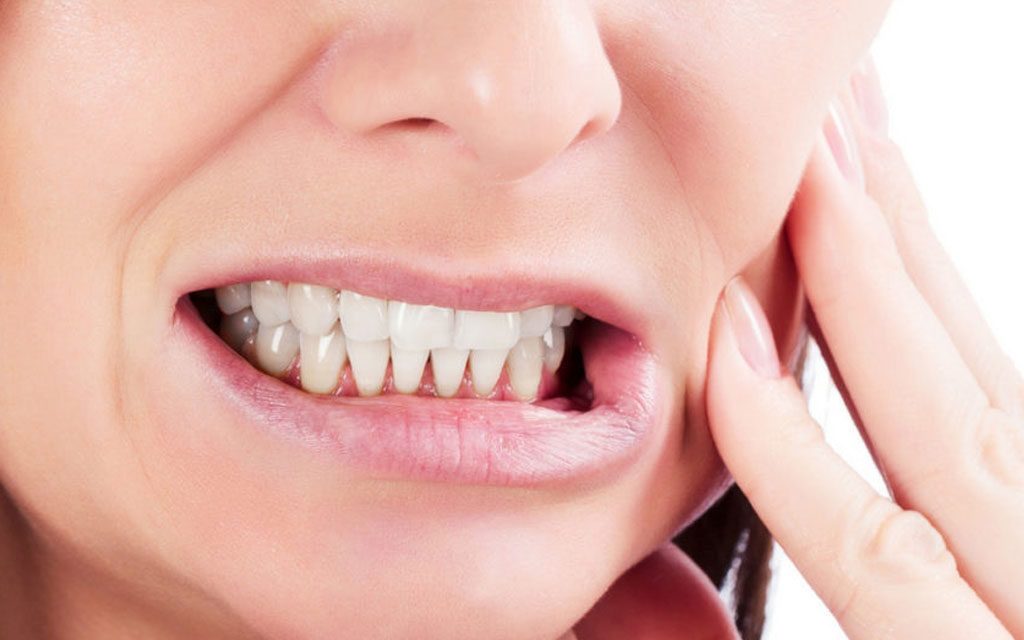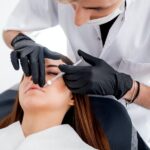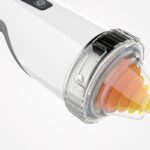Teeth grinding is medically referred to as bruxism. While occasional teeth grinding can be harmless, those who have severe cases of the condition can end up damaging their teeth. In addition, without proper bruxism treatment, those with severe cases of the condition can suffer from other possible oral health complications.
Causes
While the cause of the condition remains unclear, experts believe bruxism can be attributed to several factors.
In children, grinding of the teeth often occurs after the first teeth have appeared and as soon as the permanent teeth emerge. However, bruxism often stops once the adult teeth have erupted fully.
Grinding and clenching of the teeth has also been observed to occur during times of stress (i.e. anger, anxiety, frustration, etc.). Some research also found out that both the heart rate and brain activity are elevated prior to an episode of bruxism. This suggests that the central nervous system might play a role.
In other cases, bruxism is attributed to an abnormal bite. An abnormal bite means the teeth don’t meet properly when the jaw is closed. If the bottom and top teeth don’t come together as it should, the condition is called an occlusal discrepancy.
Crooked or missing teeth can also lead people to grind their teeth. In some patients, bruxism develops as a side effect of certain medications like antipsychotics, amphetamines, and antidepressants.
Huntington’s disease, Parkinson’s disease, and other neurological conditions may also cause bruxism to develop. Other factors that are linked to the development of bruxism include snoring, fatigue, alcohol consumption, and smoking.
Side Effects
Those with severe bruxism are advised to seek bruxism treatment right away before the following undesirable side effects can manifest:
Severe grinding of the teeth can do more than just wear down the teeth. Since grinding and teeth clenching can also put pressure on the tissues, muscles, and other structures around the jaw, it might also lead to:
- Jaw stiffness and pain
- Broken, loose, or sensitive teeth
- Popping or clicking of the jaw joints
- Sore gums
- Dull headache
Since the structures of the temporomandibular joint are also close to the ear canal, earaches can also occur. Referral pain, where the person will pain in a different location to its source can also happen.
Left unattended, people with bruxism may also develop unwanted symptoms like depression, insomnia, eating disorders, and anxiety. If the grinding bothers their sleeping partner, relationship problems can also develop.
Excessive grinding of the teeth can also cause severe damage to the teeth’s occlusal surface, specifically the molars. In some cases, severe bruxism can also contribute to temporomandibular joint (TMJ) disorder.
Treatment
Bruxism treatment will often depend on the cause of the condition. While there is no specific cure for the condition, there are several options available to relieve the symptoms.
Daytime teeth grinding or clenching may respond well to exercises and physical therapy. If the condition is caused by an underlying condition like sleep apnea, treating the condition might help resolve the grinding. After treating the primary issue, the grinding can be reassessed.
The American Academy of Oral Medicine recommends using a hard plastic mouth guard at night to protect the teeth. Contrary to popular belief, generic mouth guards are not preferable as they can be uncomfortable, bulky, and can come out of place.
Another option is using splints. Some splints are fitted over the bottom teeth, some are fitted on the top teeth. Depending on the design, a splint can help ensure the jaw stays in a relaxed position. When bruxism is caused by a crooked or uneven teeth or a misaligned jaw, an orthodontist or dentist may realign the jaw or use braces to treat the condition.
Avoiding drinks and foods that have high alcohol or caffeine concentrations is also recommended for those who have bruxism. Chewing gum is also discouraged as it can embed grinding and clenching into the muscle memory.











